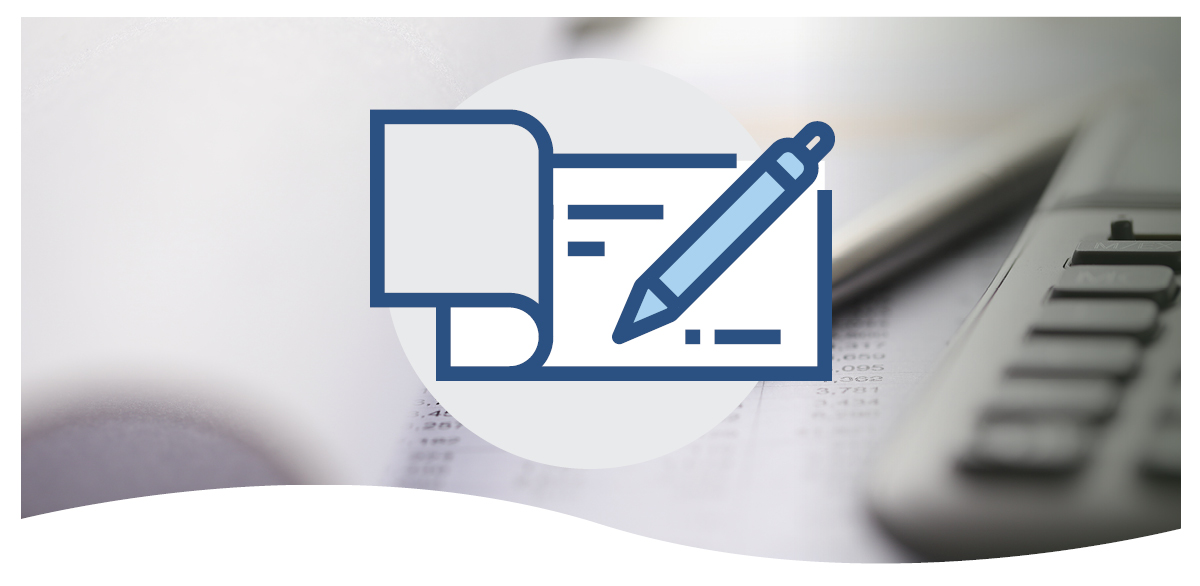What is Check Washing & How to Protect Yourself
 Have you ever sent a check to a business that was cashed, but that business claimed it never arrived? In most cases the check was probably misplaced or forgotten about by the recipient. Unfortunately, there is a third possibility, you may have been the victim of an increasingly common scam called checking washing.
Have you ever sent a check to a business that was cashed, but that business claimed it never arrived? In most cases the check was probably misplaced or forgotten about by the recipient. Unfortunately, there is a third possibility, you may have been the victim of an increasingly common scam called checking washing.
Check washing is a fraudulent practice wherein criminals alter the details on a check to gain unauthorized access to funds. This white-collar crime involves removing or modifying the ink on a legitimate check, typically using chemicals or other means. Once the original information is erased or altered, the criminal can rewrite the check to redirect funds to their account.
The process of check washing is a significant concern for you, businesses, and banks alike, as it exposes all of us to financial losses and potential identity theft. To safeguard oneself against this threat, it is crucial to understand the methods employed by criminals and adopt preventive measures.
One standard method of check washing involves using solvents that can dissolve the ink on a check without damaging the paper. Criminals may then alter the payee, the amount, or other critical information to divert funds. To protect against this, individuals should use pens with indelible ink when writing checks. Indelible ink is resistant to solvents, making it more difficult for criminals to tamper with the information.
Another preventive measure is to avoid using easily erasable or alterable checks. Security features such as watermarks, micro printing, and security threads can make it harder for criminals to alter the information on a check successfully. Choosing checks with help from your Customer Service Representative with these features enhances the overall security of the transaction.
Regularly monitoring bank statements and canceled checks is essential to detect any suspicious activity promptly. Timely identification of unauthorized transactions allows you to report the issue to your bank and law enforcement, minimizing the financial impact of check washing. Additionally, electronic banking and online statements provide a convenient way to keep track of transactions in real time.
Implementing secure banking practices is vital in preventing check washing. This includes securely storing your checkbooks and ensuring they are not easily accessible to unauthorized individuals. Locking personal documents and using secure mailboxes for incoming and outgoing mail can also reduce the risk of checks falling into the wrong hands.
In today's digital age, electronic payment methods offer a secure alternative to traditional paper checks. Online banking, direct deposits, and electronic transfers can minimize the need for paper checks, reducing the risk of falling victim to check-washing schemes. Electronic transactions also provide a digital trail that you can easily monitor for any irregularities.
Educating oneself about common fraud schemes, including check washing, is a proactive step in protecting against financial crimes. By incorporating these practices into your daily financial routines, you can significantly reduce your vulnerability to this rising form of fraud.
Sources: USPS & National Check Fraud Center
